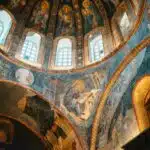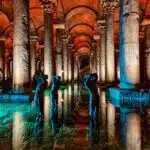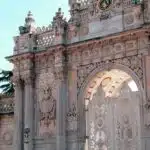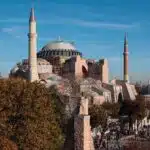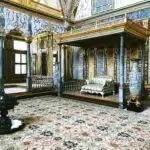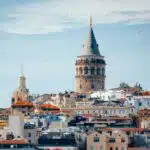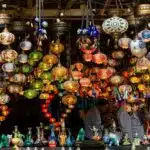The Blue Mosque, or Sultan Ahmed Mosque, is one of Istanbul’s most iconic landmarks, renowned for its stunning beauty and historical significance. Completed in 1616 under the orders of Sultan Ahmed I, it is a masterpiece of Ottoman architecture and a prominent feature of the city’s skyline.
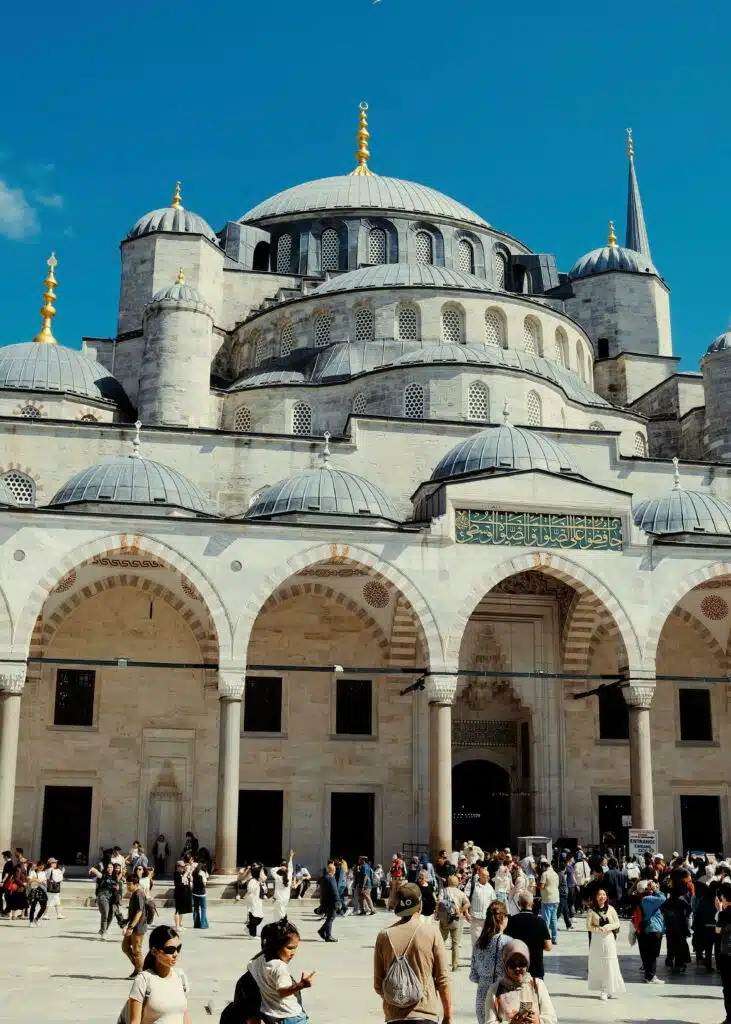
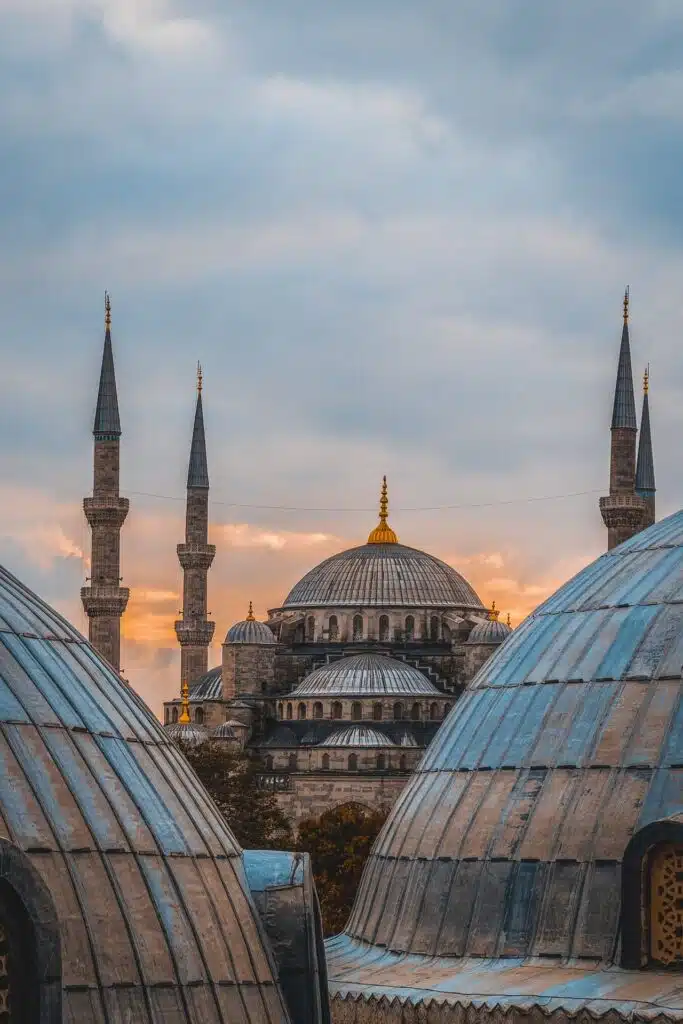
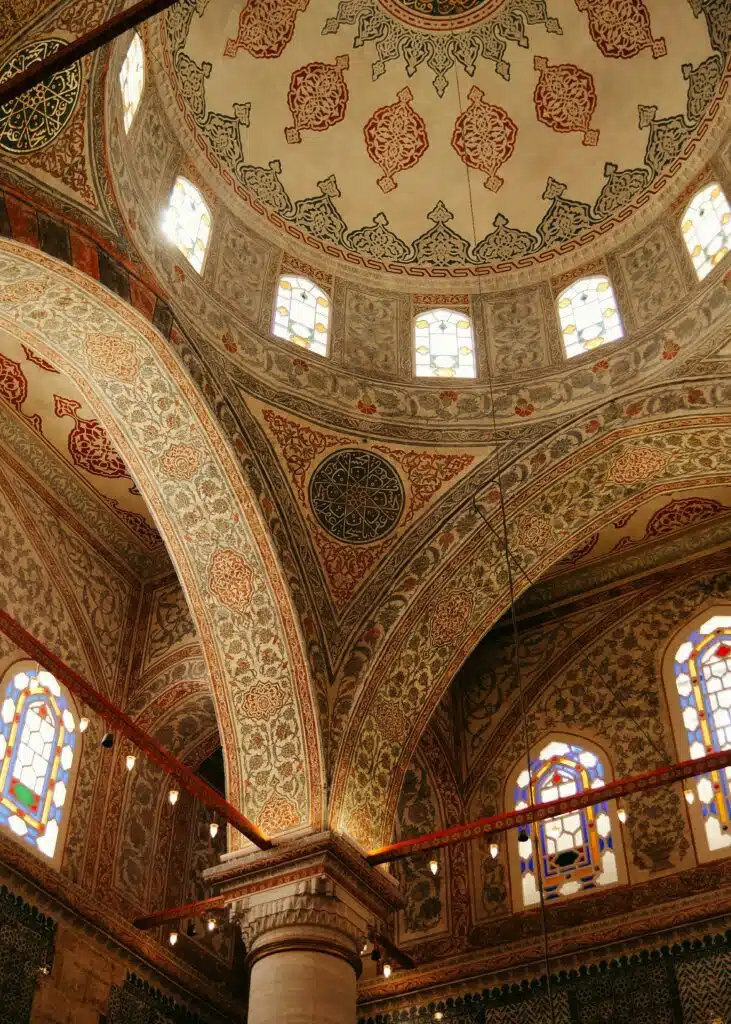
Discover the Stunning Interior and Exterior of the Blue Mosque
- Exterior Architecture: The mosque is famous for its grand, symmetrical design featuring a series of domes and six slender minarets. Its striking blue tiles, visible from the outside, give the mosque its nickname.
- Interior Tiles: The interior is adorned with more than 20,000 handmade Iznik tiles in various shades of blue, which create a mesmerizing and serene atmosphere.
- Central Dome: The massive central dome is supported by four large pillars and is illuminated by natural light filtering through numerous windows, creating a bright and airy interior.
- Prayer Hall: The spacious prayer hall is the focal point of the mosque, where the intricate tile work, chandeliers, and calligraphic inscriptions can be admired.
- Mihrab and Minbar: The ornate mihrab (prayer niche) and the elaborately carved minbar (pulpit) are key features of the mosque’s interior, showcasing fine craftsmanship.
- Courtyard: The mosque’s expansive courtyard is surrounded by a colonnaded arcade and features a large central fountain used for ablutions before prayer.
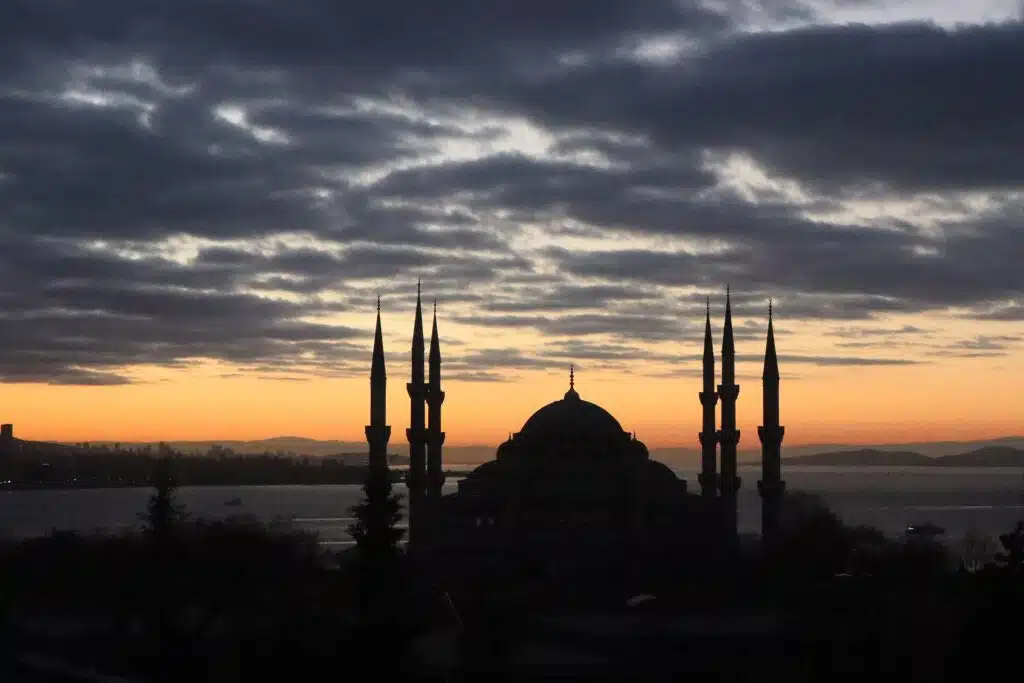
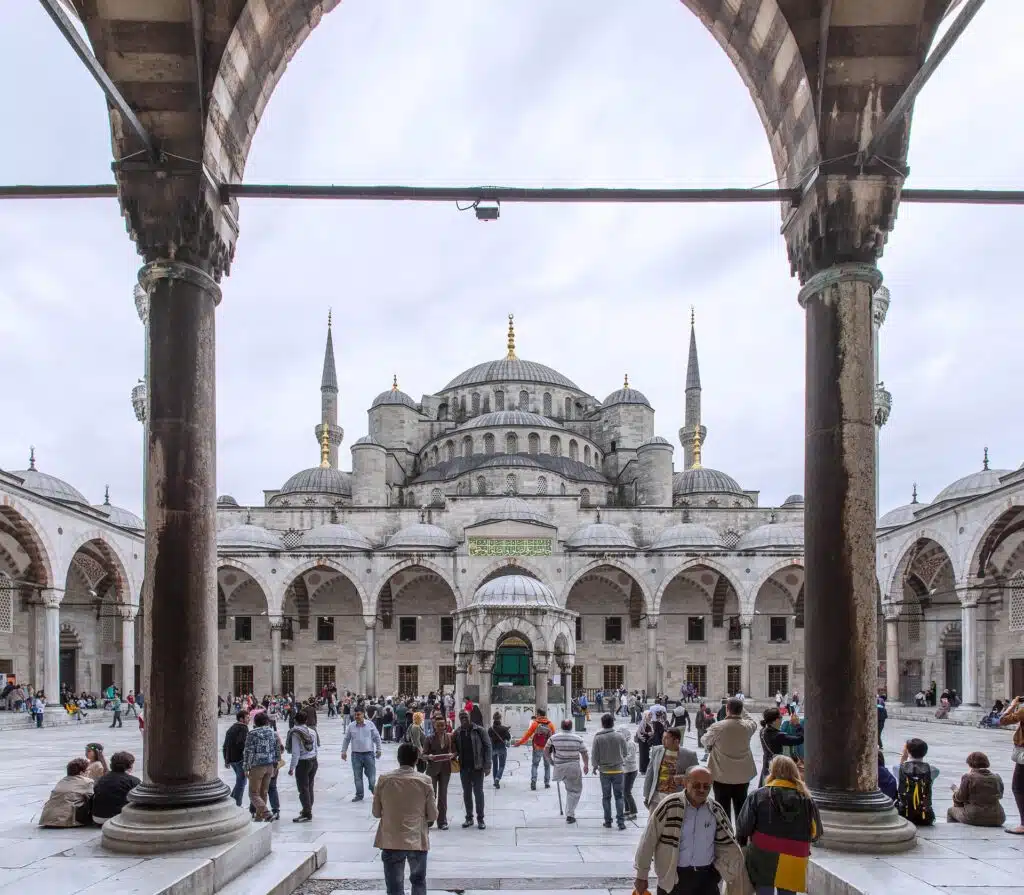
Tips for Visiting the Blue Mosque
- Visit Times: The mosque is open to visitors outside of prayer times. Check prayer schedules to plan your visit accordingly, as the mosque is closed to tourists during prayer times.
- Dress Code: Dress modestly as a sign of respect. Women should cover their heads with a scarf, and both men and women should wear clothing that covers their shoulders and knees. Scarves are available at the entrance if needed.
- Footwear: You will need to remove your shoes before entering the mosque. There are racks provided for footwear at the entrance.
- Respectful Behavior: Maintain a respectful demeanor while inside the mosque, as it is an active place of worship. Speak softly and avoid disruptive behavior.
- Photography: Photography is allowed in most areas, but be respectful of worshippers and avoid using flash.
- Guided Tours: Consider joining a guided tour to learn more about the mosque’s history, architecture, and significance.
- Accessibility: The mosque is wheelchair accessible, but be mindful of the mosque’s layout and the presence of steps in some areas.
The Blue Mosque offers a profound glimpse into Ottoman architectural genius and remains a living center of faith and culture in Istanbul.

